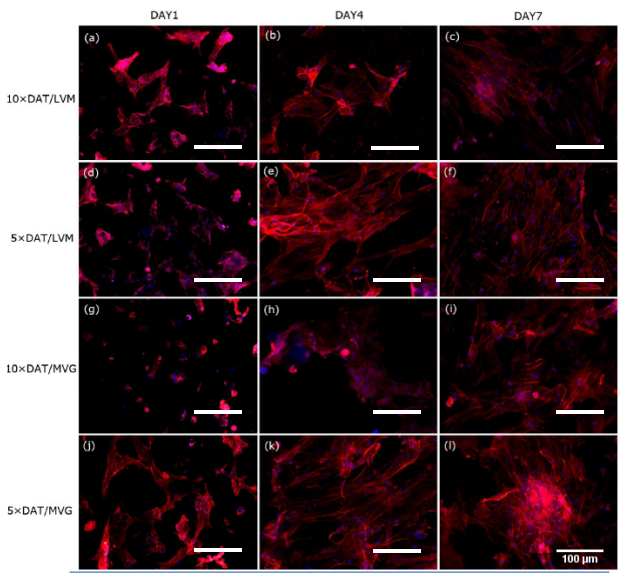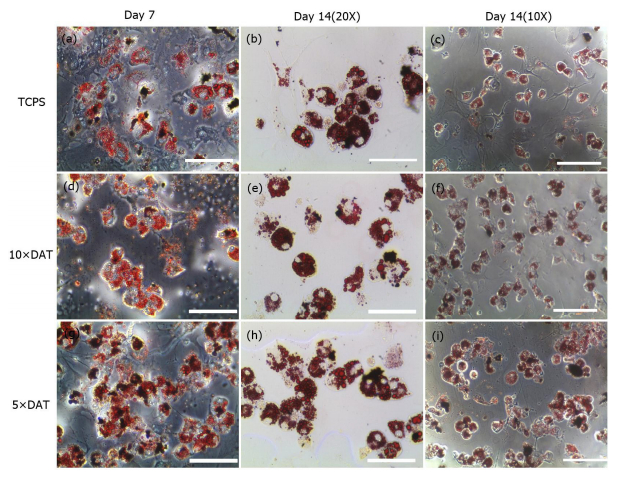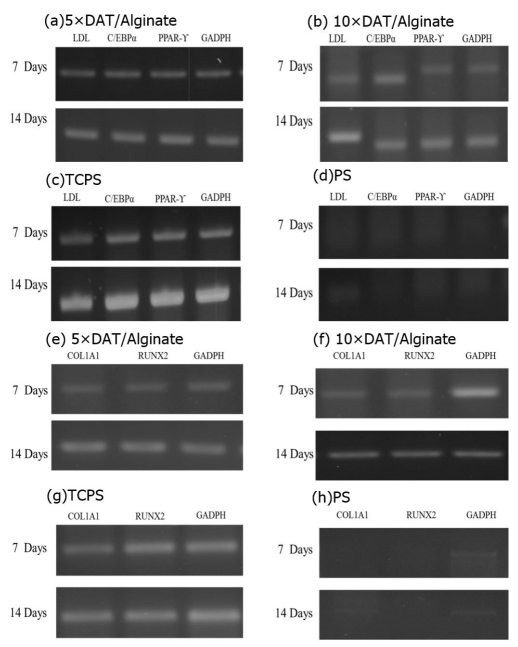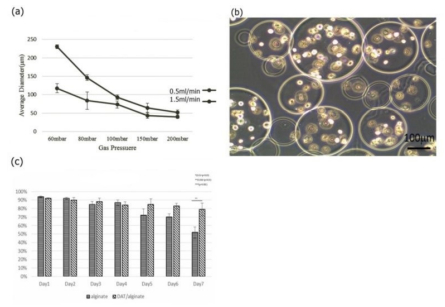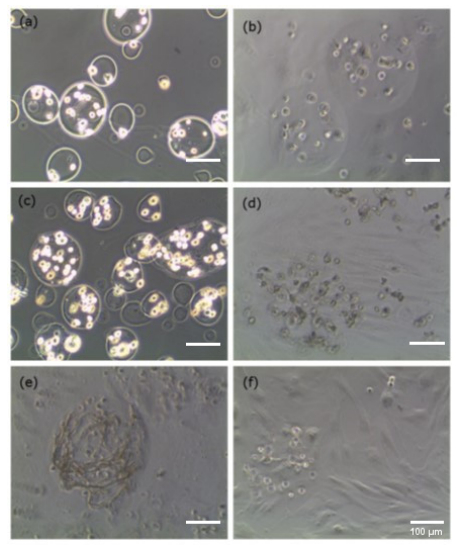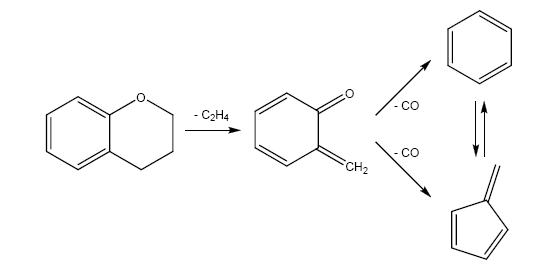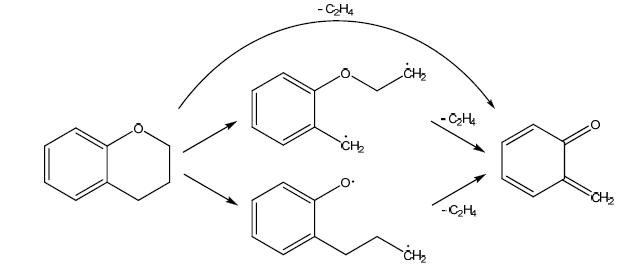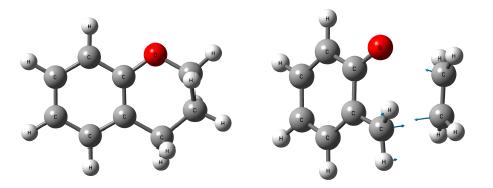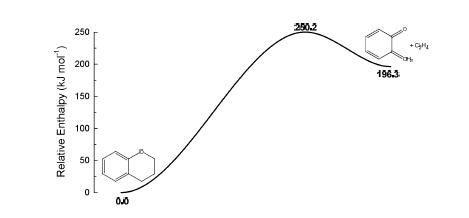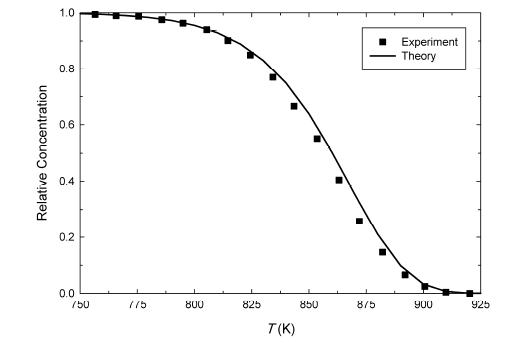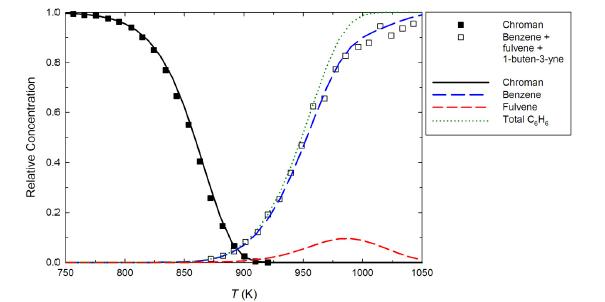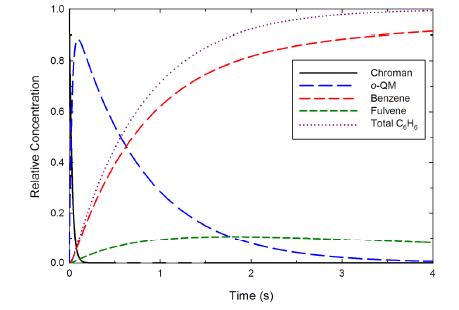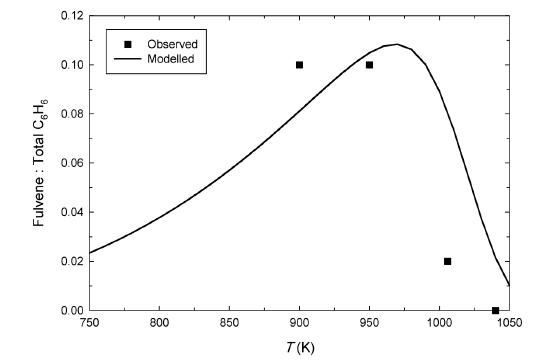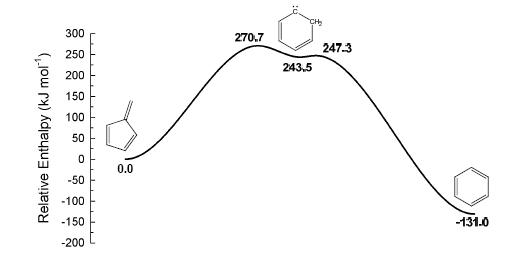Abbreviations
| ECM |
Extracellular matrix |
| ASCs |
Adipose derived stem cells |
| DAT |
Decellularize adipose tissue |
| DMMB |
Dimethylmethylene blue assay |
| GAGs |
Glycol-amino-glycan |
| DATsol |
Decellularized adipose tissue solution |
| MVG |
Higher viscosity alginate |
| LVM |
Lower viscosity alginate |
1. Introduction
The development of tissue engineering is currently focused on vascular, neural, and skeletal repair [1]. To further facilitate the research on regenerative medicine, we attempted to find a material that is suitable for cell attachment, growth, and proliferation. Pig adipose stem cells (pASCs) were utilized as our source of cell for this study due to their similarity to human adipose stem cells and high plasticity [2,3,4].
Human adipose tissue was decellularization to produce cell free extracellular matrix (ECM) [5,6]. It can be used as a framework for cell proliferation [7]. A simple colloid mechanism can be exploited to coat the the cells inside the framework to increase the viability of pASCs when injected to wounded areas [8,9,10].
Adipose-derived stem cells (ASCs) are multipotent stem cells with differential potentials toward the adipogenic, osteogenic, chondrogenic and myogenic lineages. Compared to the relatively difficult-to-access and non-abundant bone marrows, adipose tissues can be easily harvested with minimal donor discomfort. ASCs meet the criteria for an ideal stem cell source including abundant quantities, minimal invasive harvest procedure, differential potentials to multiple cell lineages, safe and effective transplantation to either autologous or allogeneic host.
In order to morph alginate into spheres and coat the pASCs, Nisco Var J30, an encapsulation unit, was used [11,12,13]. The encapsulation unit is an aerodynamic powered device, the raw material (in this case, the mixture of pASCs and alginate gel [14,15,16]) was fed through the middle channel which meets the air stream at the center of the slit before exiting right below. Sizes of the droplet can be manipulated by changing the flow speed of liquid and gas. Using the encapsulating unit [17], we can produce the microsphere hydrogels made from alginate and pASCs [18,19,20,21,22].
2. Materials and Methods
2.1. Extraction of decellularized adipose tissue solution (DATsol)
In this research, human adipose tissue was acquired via liposuction surgery of donors at the the National Taiwan University Hospital. Donors have been asked to sign the IRB consent form prior to donation of their tissue. The tissue was rinsed with deionized water thoroughly, and frozen in –80 ℃ of fridge for 12 hours. The tissue is then minced with a blender, soaked in DI water for another 30 minutes, and centrifuged at 4000 rpm 3 times for 5 minutes. The adipose tissue was added to 0.05% trypsin-EDTA for 1 hour for decellularization [23]. The sample was then dipped in DI water for another 15 minutes and centrifuged. Afterwards, it was soaked in 3% Triton-X-100 for an hour, sterilized using 70% ethanol, and moved to –20 ℃ for lyophilization. After freeze-drying, the frozen tissue was torn into little pieces by hand and mixed with pepsin and HCl (1g of ECM with 100 mg of pepsin into 100 ml of 0.01 M HCl). The mixture was left stirring for 72 hours at pH = 2–3.
2.2. Decellularize cell analysis
We used DAPI to determine the amount of nucleolus remained in DAT after decellularzation; Dimethylmethylene Blue Assay (DMMB) to determine the glycol-amino-glycan (GAGs) in the cell;
[24] Hydroxyproline assay to determine the amount of collagen in the cell; [25] and, BCA assay to determine the concentration of DAT solution [26].
2.3. Incubate 2D cell on DATsol/alginate complex material
We hypothesized that the ECM protein from DAT could improve the adherence, differentiation, and proliferation of pASCs on alginate materials [27,28]. Furthermore, we also postulated that DATsol/alginate complex material could enhance the activity of pASCs [29,30].
For the pre-processing of DATsol/alginate material membrane, we used sterilized TBS to make DATsol of 5 and 10 times diluted solutions. MVG and LVM alginate were added to both diluted solutions to make 1.5% alginate mixtures.
After the solutions are prepared, 200 ul of DAT-alginate aliquots were placed in 24 well culture plate and oven-dried for 2 days at 50 ℃. When the DAT-alginate solution was dried, 200 ul of calcium chloride (CaCl2) was added for 10 minutes to form alginate gels. When the alginate gels were formed, pASCs were added and incubated with DMEM-HG/Hams F12 (1:1) medium. MTT tests were taken to evaluate the proliferation condition of each groups [31].
2.4. Differentiation of pASCs on DATsol/alginate membrane
Oil Red-O stain was used to quantify the degree of differentiation of pASC to adipocytes [32]. We used Alizarin Red S and CPC buffer to quantify the degree of osteogenic differentiation. After the cells were incubated for 4 days, first with adipogenic differentiation induced medium, then with DMEM-HG/Hams F12 (1:1) medium for 2 days each, cells were fixed with formaldehyde. Culture wells were rinsed with PBS. Oil Red-O stock solution was prepared with DI water at the ratio of 3:2 and filtered through ADVANTEC NO.1. The dye was added to the culture dish for 10 minutes, removed, and rinsed again with PBS. After the PBS was removed, culture dish was oscillated for 15 minutes with 100% of isopropanol to dissolve the dye in the cell. The mixture was placed in 96-well and analyzed with ELISA reader for absorbance (OD 492 nm). 100% isopropanol served as blank.
Osteogenic differentiation quantification was conducted similarly. After the cells were incubated for 4 days, first with osteogenic differentiation induced medium, then with DMEM-HG/Hams F12 (1:1) medium for two days each, cells were fixed with formaldehyde and rinsed with ddH2O. Alizarin Red S was filtered through ADVANTEC NO.1 (the pH should be around 5.5) before staining the cells [33]. The dye was added to the culture dish for 10 minutes, removed, and rinsed again with ddH2O. After ddH2O was removed, culture dish was oscillated for 15 minutes with CPC buffer for 15 minutes to dissolve the dye in the cell. The mixture was diluted with 150 ul of CPC buffer and placed in 96-well and analyzed with ELISA reader for absorbance (OD = 550 nm). CPC buffer served as blank [34].
2.5. Gene performance of pASCs
Cell membranes were lysed by oscillating the cells in 1 ml of trizol for 5 minutes at 4 ℃. 200 ul of cholorform was added and mixed properly by oscillation. After 5 minutes of oscillation and freezing, solution was centrifuged at 13500 rpm for 20 minutes to collect the supernatant. Then, 500 ul of isopropanol was added and the solution was placed overnight. The solution was centrifuged again for 10 minutes to the supernatant. By using spectrophotometer, we were able to identify the concentration of RNA [35].
2.6. Encapsulation to immobilize pASCs
Nisco Var J30 is an aerodynamic-based injecting equipment. It has two types of liquid channels, which allow the size of the microsphere to be 1/10 the size of the exit-channel diameter. The minimum diameter for this equipment is 10 mm. A needle was pre-sterilized and 0.22 mm filter was placed at the air exit. pASC cellular solution was mixed thoroughly in alginate-DAT mixture at the density of 5 × 106/ml and placed in a syringe for encapsulation. The encapsulation unit pressure was set at 100 mbar and the syringe pump flow speed at 2 ml/min. The mixture of pASC and alginate was placed in a syringe and spray it in 0.1 M CaCl2(dissolved in TBS) for 50 ml [36]. The solution was centrifuged at 900 rpm for 10 minutes to remove the supernatant, and 50 ml of TBS was added and re-suspended. The process was repeated to wash off the Calcium ion, take out the supernatant, and re-suspend with DMEM/F-12 medium. The survivability of cells was determined by the LIVE/DEAD® Cell Imaging Kit developed by Invitrogen [37].
2.7. Statistical analysis
All data are expressed as means standard deviation. Comparison of different groups was determined using Student's t-test and significant difference was assumed at P-value < 0.05. The statistical data was analyzed using Microsoft Excel Software (version 2010).
3. Results and Discussion
3.1. Decullularized adipose tissue
DAPI luminous dye was used to examine the decellularized the adipose tissue. It was observed that non-decellularized adipose tissue was diffusely positive for DAPI stain. In contrast, immunofluorescence of the decellularized tissue was completely negative. This implies that adipose tissue was successfully decellularized.
After freeze-drying the DAT, pepsin was added to digest the larger molecules in DAT to extract the smaller molecules and that the DAT solution was thicker after being processed by enzyme, and based on the BCA assay, the protein concentration is 3.4 ± 0.176 mg/ml.
After decellularization, there is no significant difference in the amount of GAGs and collagen. Natural adipose tissue contains GAGs of 24.9 ± 1.3 μg/mg and collagen of 324.2 ± 54.6 μg/mg, DAT contains 21.2 ± 0.8 μg/mg of GAGs and 279.5 ± 44.6 μg/mg, which suggests that this research can efficiently preserve GAGs and collagen.
3.2. Incubate 2D cell on DATsol/alginate complex material
Based on the effect of cell adhesion using the mixture of alginate with different concentration of Decellularized Adipose Tissue solution (DATsol). Both concentrations of DATsol (5 and 10 times dilution) that were mixed with two types of alginates with different viscosities (LVM and MVG) exhibited normal signs of cell adhesion. However, culture wells with higher concentration of DATsol had higher cell densities. Previous studies have indicated that adipose stem cell demonstrates decent adhesion on collagen Ⅳ, collagen Ⅱ, Laminin, and Fibronectin coating. The possible increase could be due to the extracellular matrix and growth factor that DATsol possesses. On the other hand, variation in viscosity did not have a major impact on cell adhesion in the presence of DATsol. MTT tests also suggested that groups containing DATsol had higher adhesion ability compared to groups without DATsol. However, groups containing alginate with higher viscosity (MVG) did not react differently when compared to groups containing alginate with lower viscosity (LVM), indicating that the existence of DATsol promoted cell adhesion, while alginate viscosity did not play an important role in this process (Figure 1).
Figure 2 also shows that the presence of DATsol had a significant impact on cell proliferation. Pure alginate possessed weak cell adhesion ability from the beginning. Therefore, the proliferation rate could not increase steadily. pASCs cultured on pure alginate possessed a round morphology and were un-spread by day 4 and 7, while cells cultured on alginate substrates containing DATsol successfully attached and steadily proliferated. Cells were therefore able to adhere and proliferate regardless of the viscosity of alginate as long as DATsol was present. However, earlier results showed that cells proliferate more on higher concentration of DATsol, but, after 7 days, we were unable to note the difference between groups in LVM and MVG. As far as proliferation rate is concerned, different concentrations of DATsol did not have a significant impact on it.
Using the MTT tests, groups containing DATsol had higher proliferation characteristics. While, groups with different alginate viscosities did not posses different rates of proliferation. Hence, the existence of DATsol has beneficial impact on cell proliferation.
Based on immunofluorescent staining, all of the cells were not fully spread and attached on the first day. On day 4 and day 7, cells plated on low concentrations of DATsol/alginate displayed a lower cell count than those on high concentration of DATsol/alginate, some of the cells even started to detach from the material. (Figure 3).
3.3. Evaluation of adipogenic ability of pASCs
In order to know the differentiation ability among different groups of pASCs, we incubated pASCs on pure alginate, alginate mixed with DATsol, and TCPS, which served as control. Adipogenic medium was added. At day 7 and 14, we used Oil Red O to stain the fat droplets. As shown in Figure 4, cells that had been under induction for 14 days all showed signs of differentiation to adipocytes. However, DATsol groups demonstrated more fat droplets than the TCPS group, which suggests faster rate of differentiation and higher ratio of adipocyte formation.
Quantification of Oil-Red-O showed that cells of the DATsol/Alginate group possessed significantly increased proliferation on day 7 (p < 0.001). Cells incubated on 10× DAT/alginate had an average absorbance value of A492 = 0.00076, while cells incubated on TCPS had A492 = 0.000247. Increased concentration (5× DAT/alginate) of DATsol also showed significantly increased proliferation at day 7, with an average absorbance value of A492 = 0.001172. On day 14, all the adipose stem cells in each group had differentiated into adipocytes. Similar trend to that of day 14 was observed. As a result, DATsol can efficiently contribute to early stages of adipogenic ability of adipose stem cells.
3.4. Evaluation of osteogenic ability of pASCs
By using the similar method of evaluating adipogenic ability, we incubated cells on pure alginate and alginate mixed with DATsol, TCPS also served as control, medium that can induce pASCs to differentiate into osteogenic cells was added, by day 7, 14 and 21, the cells were dyed with Alizarin Red S. From Figure 5, at day 7, none of the groups exhibit any sign of differentiation, due to osteogenic differentiation usually takes longer time to differentiate. At day 14, groups containing DATsol has shown some precipitation of calcium ion. At day 21, all of the groups exhibited signs of differentiating into osteoblasts cells. However, groups containing DATsol has more precipitation than TCPS, the differential rate was also faster. The red chromium formed from Alizarin Red S and Calcium was dissolved and measured the absorbance under OD 550 nm. Although there does not exist a significant difference of all the groups by day 14 (p < 0.05), by day 21, a significant difference occurred (p < 0.01) between TCPS (A550 = 24.9910 × 10–7) and 5 × DAT/alginate (A550 = 46.1710 × 10–7).
Based on Figure 3 and the data, alginate mixed with DATsol not only can help pASCs differentiate into adipogenic cells, it can also stimulate pASCs to differentiate into osteogenic cells compared to TCPS, this proves that DATsol extracted from natural ECM can promote cell differentiation.
3.5. In vitro gene analysis of pASCs
RT-PCR was used to test the gene expression of pASCs on different materials and days. GADPH was used as the standardizing band. For adipogenic differentiation, expression extent of PPAR-γ, LPL, and CEBP/a were evaluated. For osteogenic differentiation, expression extent of COL1A1 and RUNX2 were evaluated. PPAR-r controls the adipogenic formation of cells. As seen on Figure 6, different concentration of DAT/alginate did not induce significantly different expression values of the genes. However, contrary to previous results, TCPS had better expression levels than groups containing DAT and/or alginate.
3.6. Encapsulation unit stabilizing adipose stem cells
Particle size of the microsphere was proportional to the liquid flow rate under constant pressure. Particle size was smaller when the pressure of the nozzle increases under constant flow rate (as seen in Figure 7a). The particle size is best at under 200 mm for coating pASCs in microspheres.This is because certain thickness allows better safety when injected into the patient's body. This experiment aimed to produce microspheres of particle size around 100 mm in diameter with 60 mbar of pressure and 0.5 ml/min of flow rate through a 0.5 mm encapsulating nozzle, as seen on Figure 7b.
3.7. Cell viability inside alginate microspheres
Ttypan blue and Live & Dead assay were used to determine the cell viability of groups with or without DATsol. Cells were successfully coated by alginate in both groups. At day 0 and 5, the DATsol group displayed signs of aggregation (Figure 8d). At day 10, cell patterns of pASCs without DATsol were similar to those of pASCs on day 0. This suggests that there were no obvious signs of proliferation and adhesion. On the other hand, cell patterns of pASCs with DATsol suggested obvious signs of adhesion, but no notable signs of proliferation. Furthermore, cells were able to migrate outside the microsphere when incubated for a long time, as Figure 8e and 8f showed. Cells were still able to migrate, proliferate, and adhere when coated with alginate microsphere.
Trypan blue count was performed on a daily basis for microsphere containing pASCs (Figure 7c). Cell viability was able to maintain at 80–90% after days of incubation. However, the viabilities of cells without DATsol significantly dropped at day 7, while those of cells with DATsol remained at 80%. Similar results can also be seen in Figure 9. At day 1, all the groups had good cell viability (Figure 9a and Figure 9b). At day 4 (Figure 9c) there were obvious signs of cell apoptosis for groups without DATsol; at the same time, high cell viability was achieved for cells with DATsol/alginate, indicating that DATsol can contribute to the high cell viability under 3D alginate environment.
4. Conclusion
We have successfully decellularized adipose tissue while preserving 80% of GAGs and collagen, while extracting DATsol with pepsin at the same time. By quantifying cell behaviors in DATsol group, we were able to prove that DATsol contributed to pASC adhesion and proliferation. On the other hand, the viscosity of alginate did not have a big impact on both traits. DATsol of higher concentration was shown improve both traits better. pASCs effectively differentiated to adipocytes and osteocytes. For adipogenic differentiation, highly concentrated DATsol produced more stimulation for differentiation compared to TCPS and low concentration of DATsol in the early stages. There were no obvious differences in the osteogenic differentiation. RT-PCR did not demonstrate significant increase of differentiation. Microspheres of pASCs coated with alginate and DATsol were able to maintain cell viability over 80% after incubating for 7 days, due to the contribution of DATsol/alginate. In vivo experiment also showed that the degradation rate of alginate microsphere was increased in groups with DATsol.
Based on our results, DATsol can effectively increase cell viability and adhesion. Further animal studies are required to examine the extent of contribution to angiogenesis in ischemic models. However, preliminary in vivo tests have shown potential application of this material.
Acknowledgment
This work was supported by the Ministry of Science and Technology. Project number: "104-2815-C-002-110-Er" and "104-2221-E-002-124-MY3".
Conflict of Interest
All authors declare no conflicts of interest in this paper.









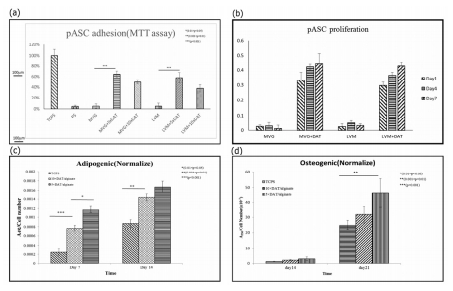
 DownLoad:
DownLoad: 
